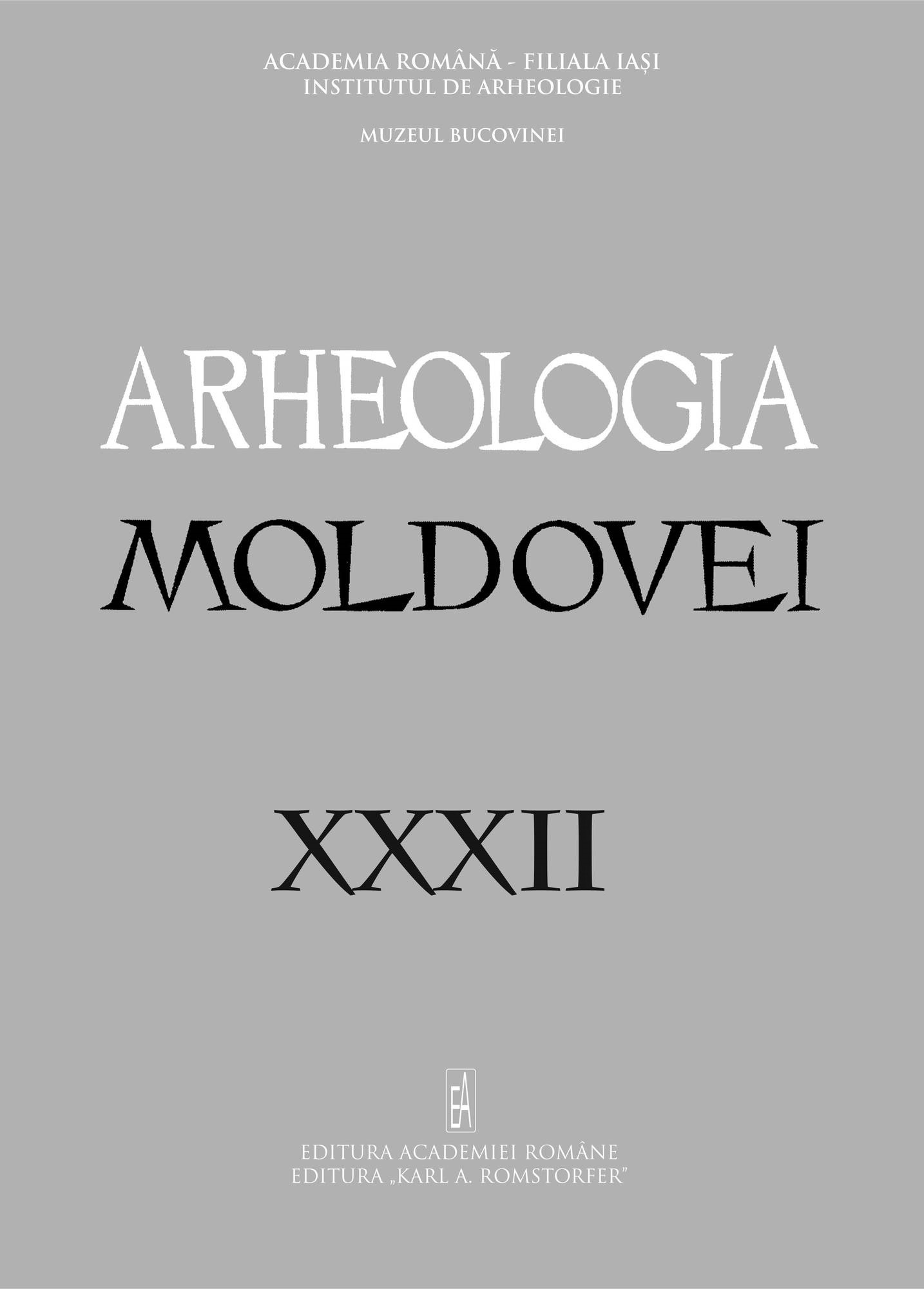Symbolic Functions of Salt and Related Similes in Oriental Curses and Blessings
Symbolic Functions of Salt and Related Similes in Oriental Curses and Blessings
Author(s): Iulian MogaSubject(s): History, Archaeology, Cultural history, Ethnohistory, Ancient World, Theology and Religion, Comparative Studies of Religion, Religion and science , History of Religion
Published by: Editura Academiei Române
Keywords: salt; oriental curses; blessings;
Summary/Abstract: Salt has a polymorphic symbolic functionality that recommends it as one of the most impressive and effective symbols ever. Like many other basic symbols of a remote origin, its perception was ambivalent. Most of its symbolic functions derive from its practical features. It has been valued both for its corrosive and therefore destructive nature, and for its antiseptic and preservative qualities. And this is why its imagery was all the time positive as well as negative within the same type of cultural environment. For example, it was Elisha who cured the waters that made the land infertile with salt, while in other contexts in the Jewish or Mesopotamian cultural milieux, the salt waters possess negative connotations. In the epic of Enuma Elish, Tiamat, who was a personification of the salt waters, was threatening with the destruction of the newly begotten world and the gods until she was eventually slain by the god Marduk who split her body into two parts, subsequently creating heaven and earth.
Journal: Arheologia Moldovei
- Issue Year: 32/2009
- Issue No: 1
- Page Range: 265-271
- Page Count: 8
- Language: English

